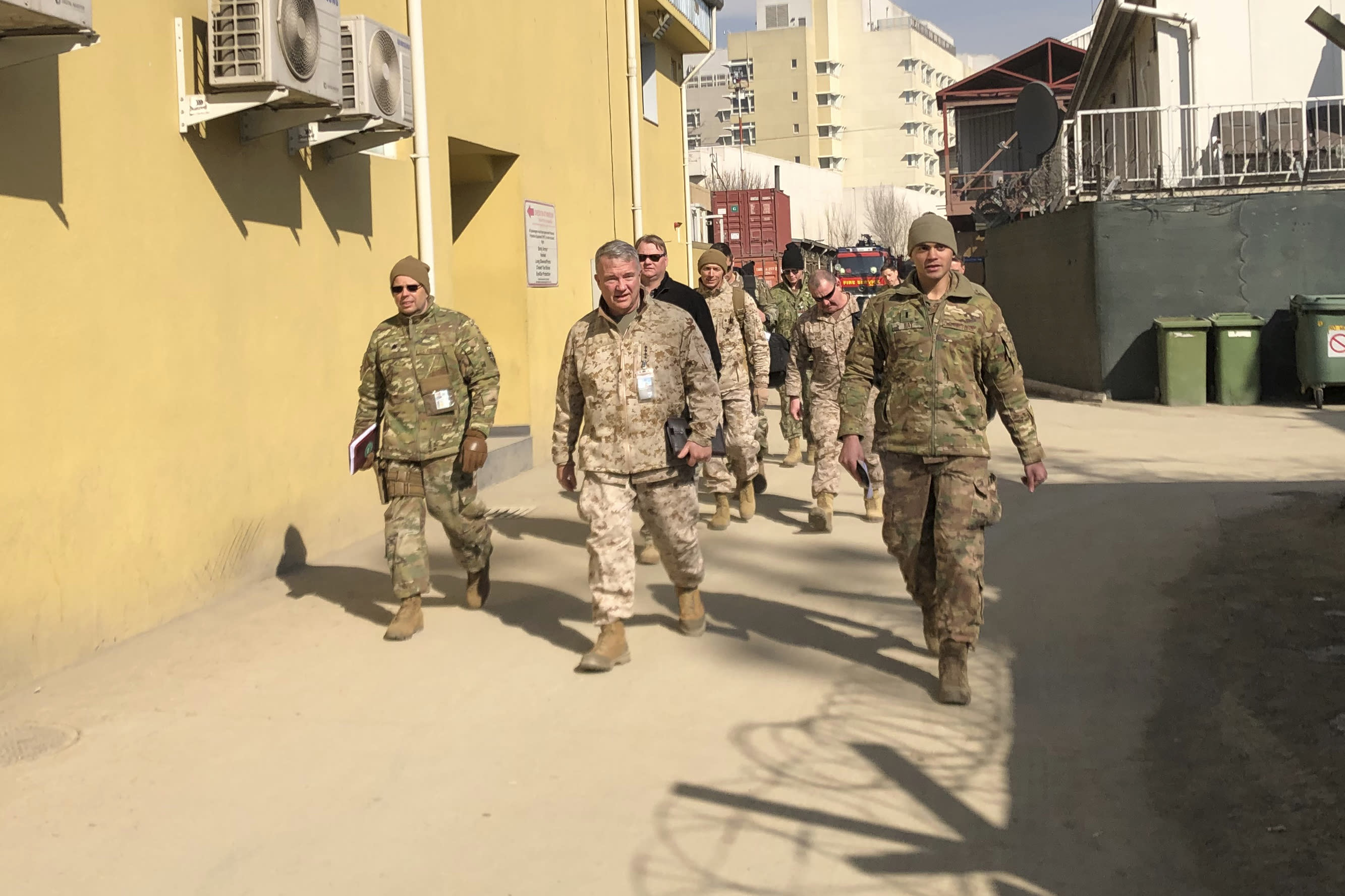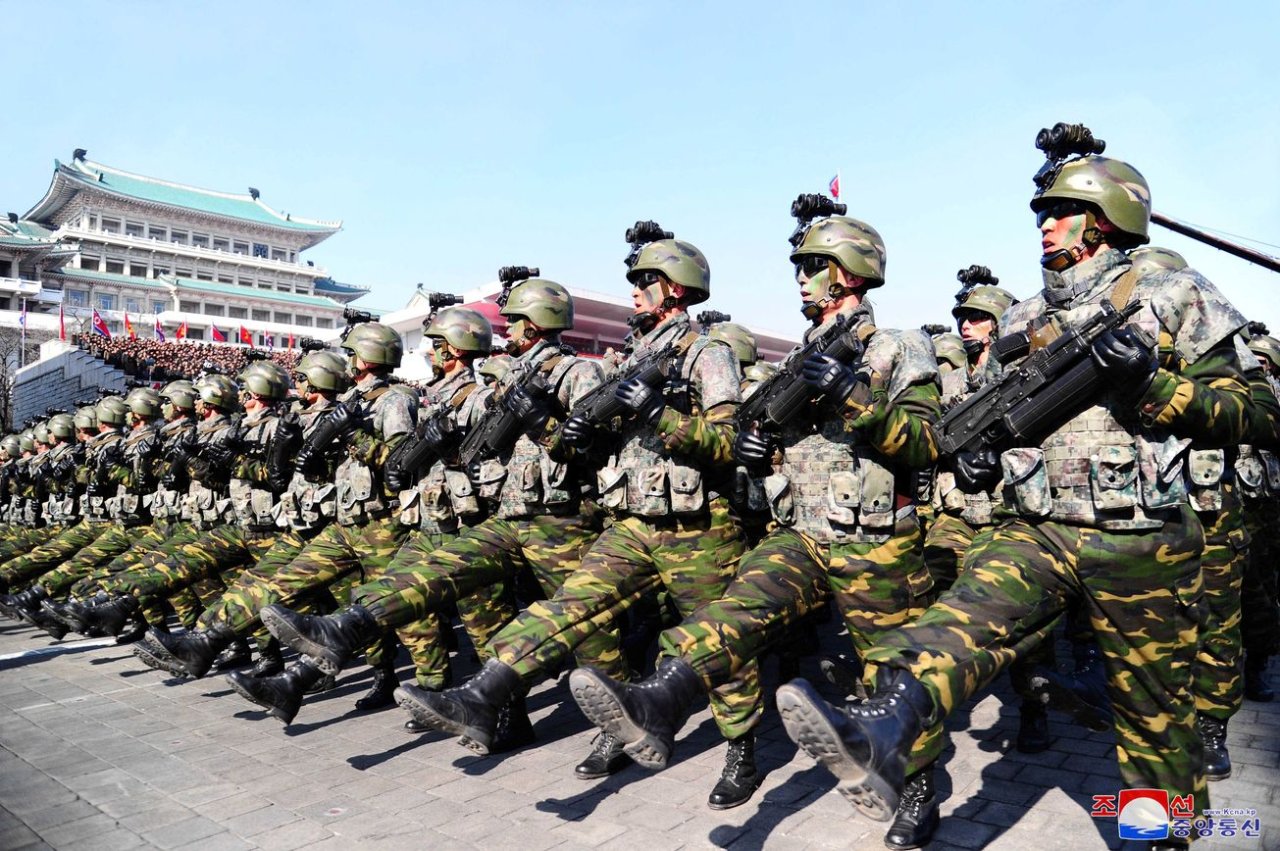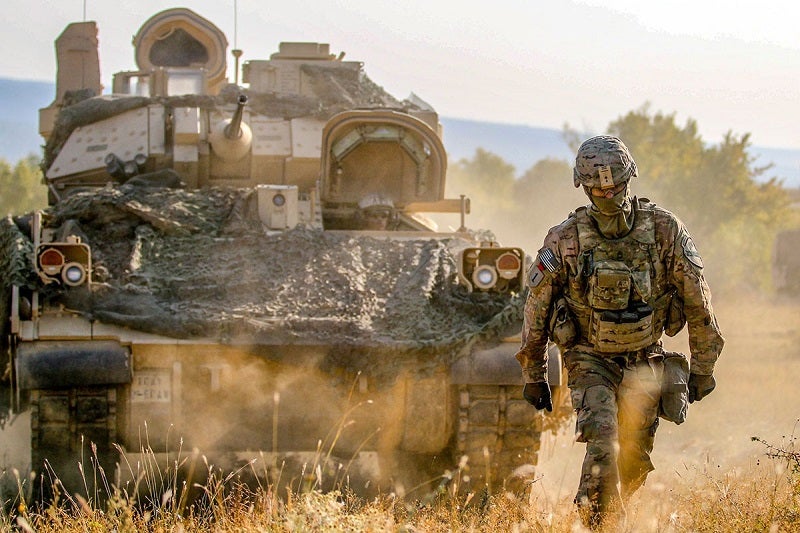 KABUL, Afghanistan (AP) — There has been an increase in Iranian activity in Afghanistan that poses a risk to American and coalition troops there, a senior U..S. commander said, as the threat from Tehran continues to churn across the Middle East.
KABUL, Afghanistan (AP) — There has been an increase in Iranian activity in Afghanistan that poses a risk to American and coalition troops there, a senior U..S. commander said, as the threat from Tehran continues to churn across the Middle East.
Marine Gen. Frank McKenzie, the top U.S. commander for the Middle East made an unannounced visit to Afghanistan this week. He told reporters traveling with him that he is seeing a “worrisome trend,” of Iranian malign interference.
“Iran has always sort of dabbled a little bit in Afghanistan, but they see perhaps an opportunity to get after us and the coalition here through their proxies,” McKenzie said. “So, we are very concerned about that here as we go forward.”
McKenzie's warnings come just weeks after Iran launched as many as two dozen ballistic missiles at two bases in Iraq where American forces are stationed. No one was killed, but several dozen U.S. troops received traumatic brain injuries. The attack was in retribution for a U.S. drone strike in Iraq that killed Qassem Soleimani, a top Iranian Quds Force general.







/arc-anglerfish-arc2-prod-mco.s3.amazonaws.com/public/IGA6JABO2JHNJJAZM7IQWX2FEY.jpg)
/arc-anglerfish-arc2-prod-mco.s3.amazonaws.com/public/MAYIFX5RQ5BLHHABTTKYSBPTL4.jpg)



